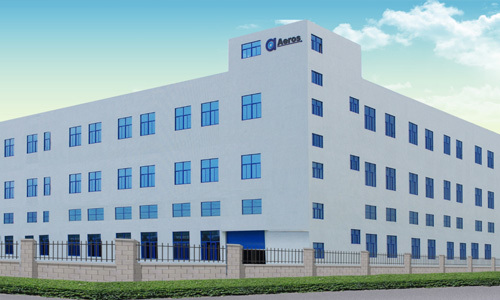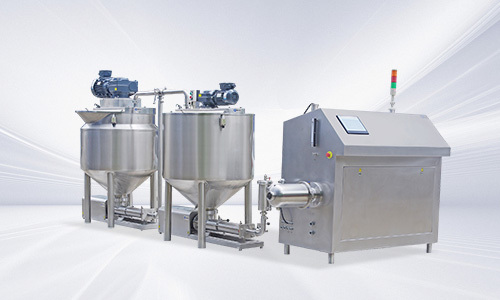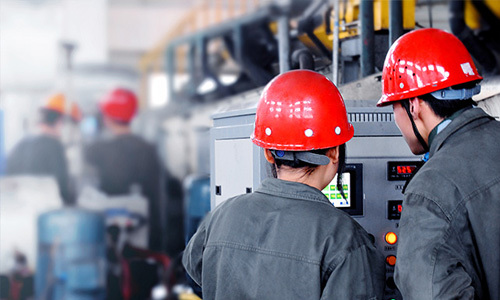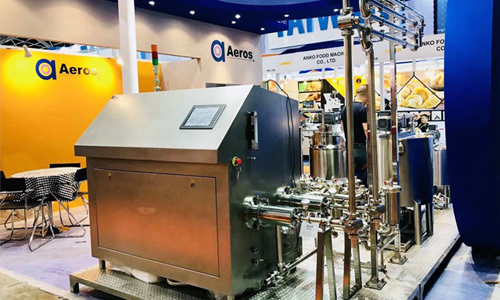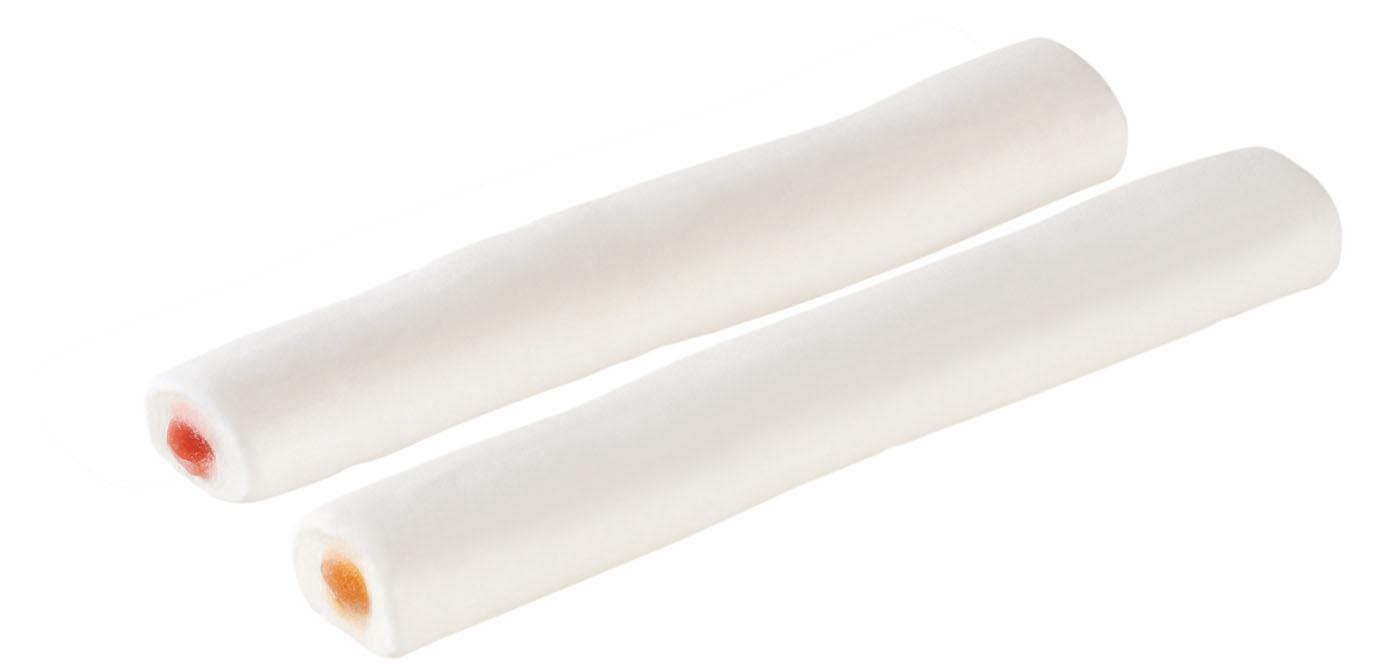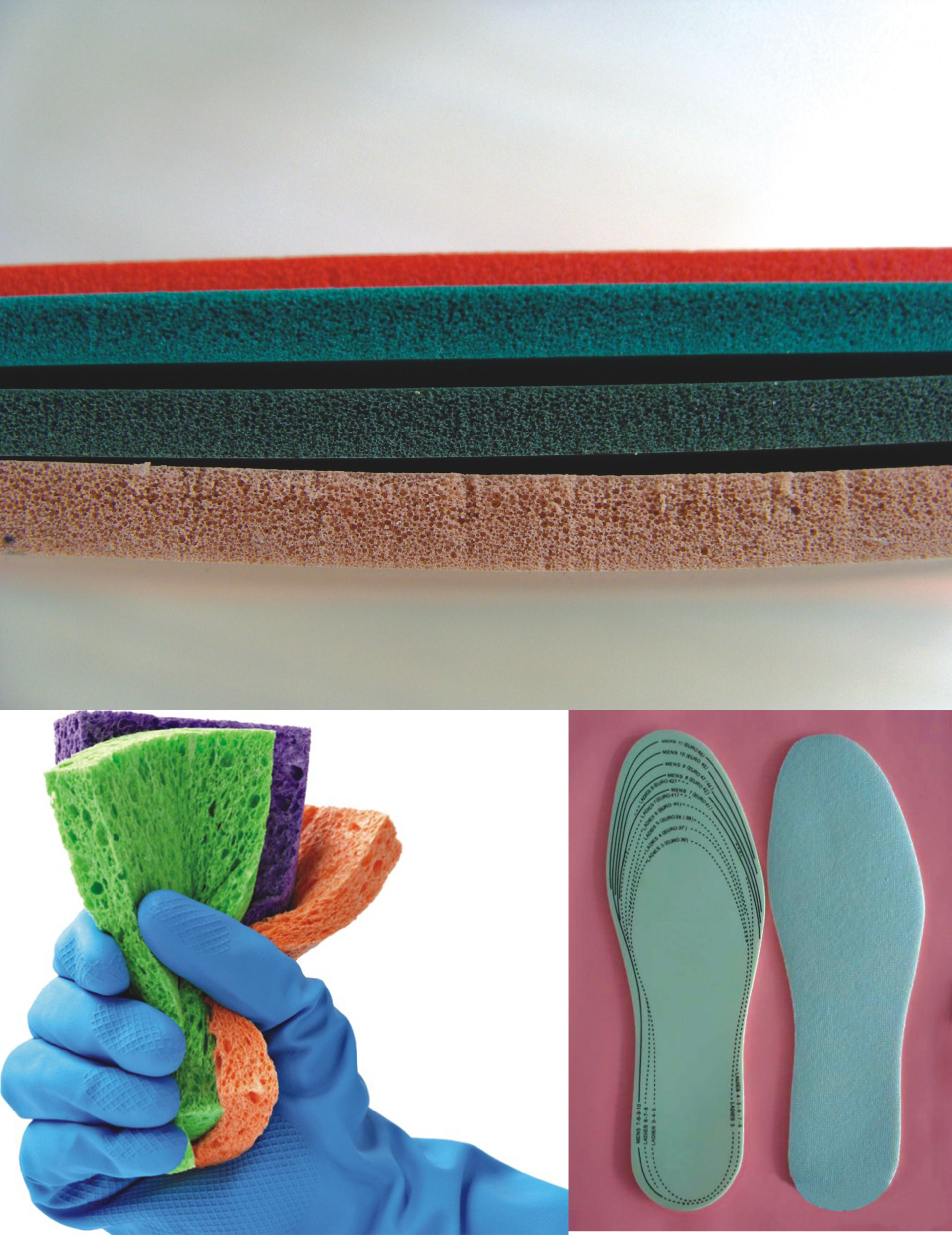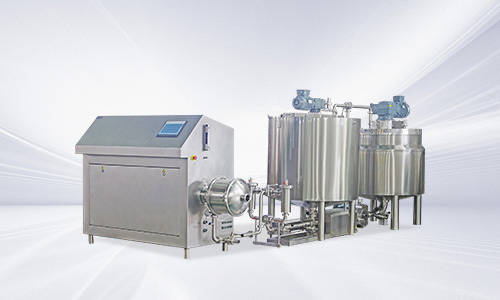Enhancing Efficiency with Advanced Aeration Systems in Manufacturing

2025/08/06
Advanced aeration systems are sophisticated technologies designed to enhance the transfer of oxygen into liquids, particularly in processes involving wastewater treatment, food and beverage applications, and fermentation. By facilitating a controlled introduction of air, these systems ensure optimal conditions for microbial activity, which is crucial for efficient processing and production.
One of the primary advantages of advanced aeration systems is their ability to improve the overall efficiency of manufacturing processes. In industries where biological reactions are critical, such as wastewater treatment, proper aeration can lead to higher rates of organic degradation. This not only accelerates the treatment process but also reduces the need for chemical additives, resulting in lower operational costs and a smaller environmental footprint.
Moreover, advanced aeration systems are known for their energy efficiency. Traditional aeration methods, such as surface aerators or diffused aeration, often consume significant amounts of energy. However, modern systems utilize innovative technologies, such as fine bubble diffusion or jet aeration, that require less energy to achieve the same or even superior levels of oxygen transfer. This shift not only contributes to lower energy bills but also aligns with sustainability goals many companies strive to achieve.
In addition to energy savings, advanced aeration systems offer enhanced control and monitoring capabilities. Many of these systems come equipped with sensors and automation features that allow for real-time adjustments based on the specific needs of the process. This level of control is essential in maintaining optimal conditions and ensuring consistent product quality, particularly in industries where precision is paramount.
Furthermore, the implementation of advanced aeration systems can lead to reduced maintenance requirements. Traditional systems often suffer from issues such as clogging or wear and tear. In contrast, modern aeration solutions are designed with durability in mind, utilizing materials and designs that minimize breakdowns and operational interruptions.
To conclude, for professionals in the manufacturing and processing machinery sector, the adoption of advanced aeration systems can represent a significant leap forward in efficiency, sustainability, and product quality. As the industry continues to evolve, staying informed about these innovative technologies will be crucial for maintaining a competitive edge. By investing in advanced aeration solutions, companies can expect not only to enhance their operational capabilities but also to contribute to a cleaner, more sustainable future.
One of the primary advantages of advanced aeration systems is their ability to improve the overall efficiency of manufacturing processes. In industries where biological reactions are critical, such as wastewater treatment, proper aeration can lead to higher rates of organic degradation. This not only accelerates the treatment process but also reduces the need for chemical additives, resulting in lower operational costs and a smaller environmental footprint.
Moreover, advanced aeration systems are known for their energy efficiency. Traditional aeration methods, such as surface aerators or diffused aeration, often consume significant amounts of energy. However, modern systems utilize innovative technologies, such as fine bubble diffusion or jet aeration, that require less energy to achieve the same or even superior levels of oxygen transfer. This shift not only contributes to lower energy bills but also aligns with sustainability goals many companies strive to achieve.
In addition to energy savings, advanced aeration systems offer enhanced control and monitoring capabilities. Many of these systems come equipped with sensors and automation features that allow for real-time adjustments based on the specific needs of the process. This level of control is essential in maintaining optimal conditions and ensuring consistent product quality, particularly in industries where precision is paramount.
Furthermore, the implementation of advanced aeration systems can lead to reduced maintenance requirements. Traditional systems often suffer from issues such as clogging or wear and tear. In contrast, modern aeration solutions are designed with durability in mind, utilizing materials and designs that minimize breakdowns and operational interruptions.
To conclude, for professionals in the manufacturing and processing machinery sector, the adoption of advanced aeration systems can represent a significant leap forward in efficiency, sustainability, and product quality. As the industry continues to evolve, staying informed about these innovative technologies will be crucial for maintaining a competitive edge. By investing in advanced aeration solutions, companies can expect not only to enhance their operational capabilities but also to contribute to a cleaner, more sustainable future.
advanced Aeration systems

